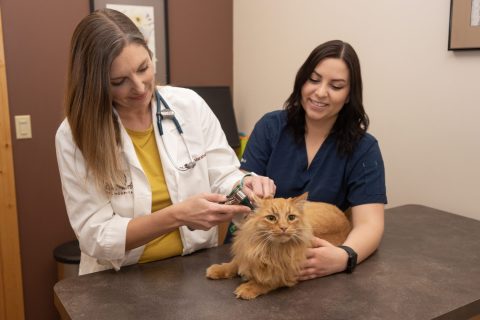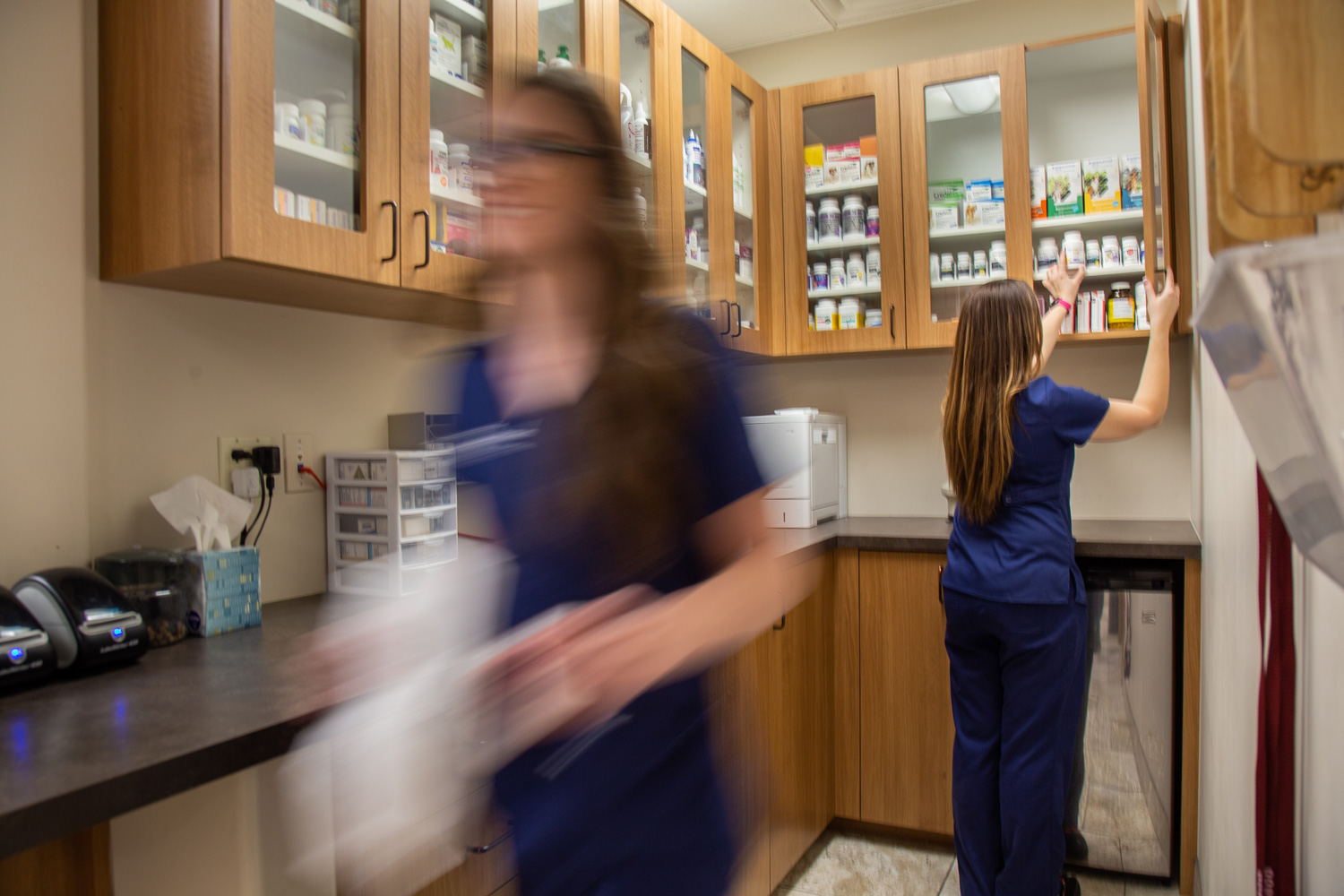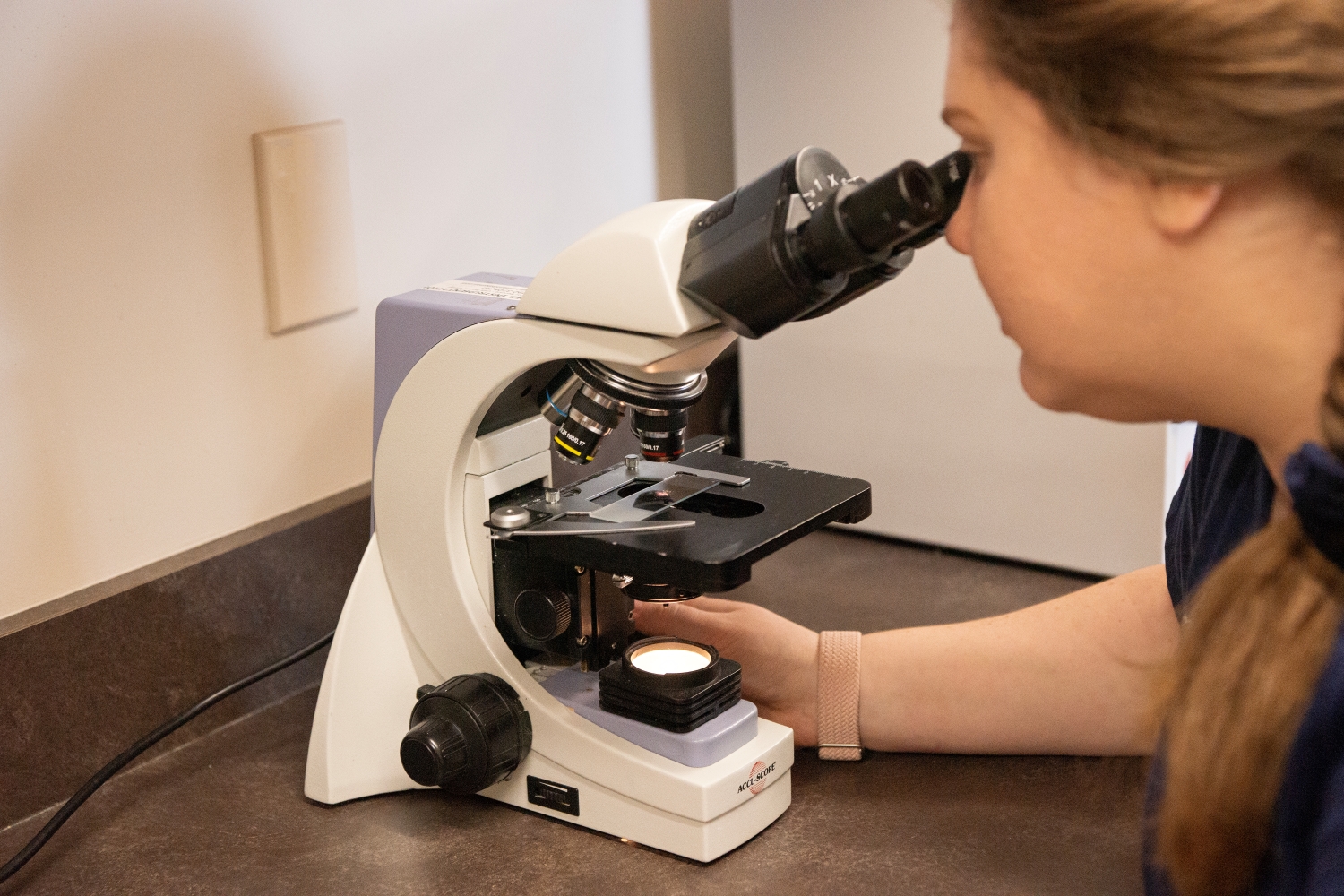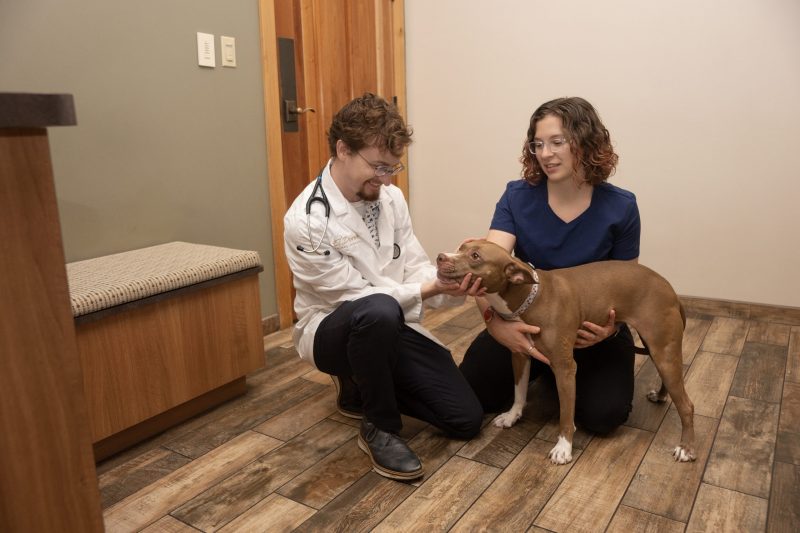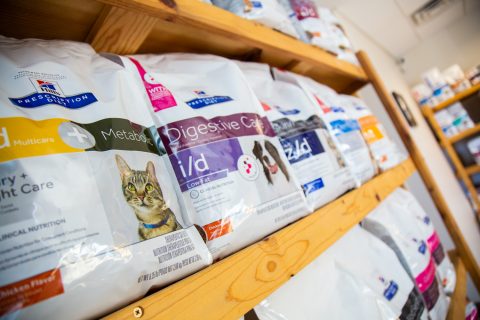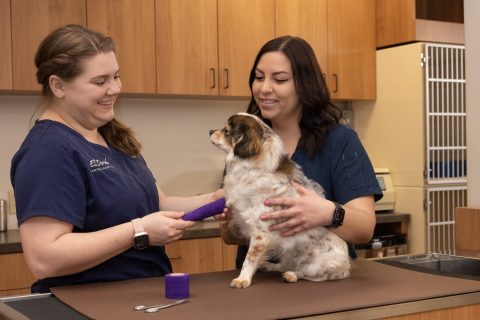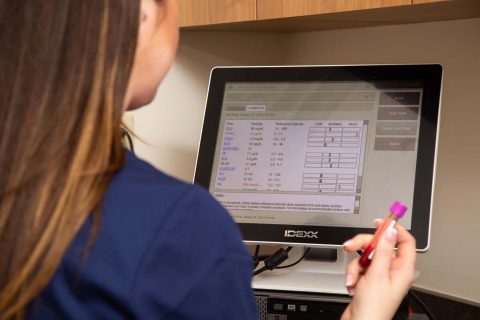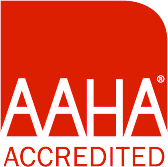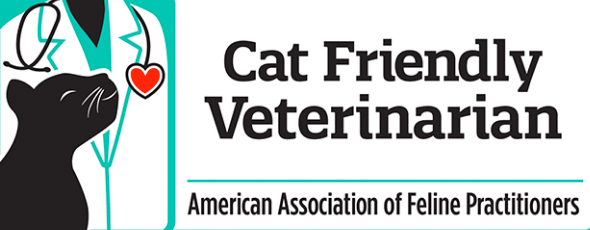After gathering information about your pet’s symptoms and health that you observe, a full physical examination is performed and the results of those findings are discussed with you. At this time a diagnostic treatment plan can be established and followed through. Diagnostics may include lab testing, imaging or microscopic sampling of skin, ears or tissues. Treatment options are available on-site and may include injections, hospitalizations and infusions, or oral medications.
Well services are tailored to individual pet’s needs. We take the time to discuss lifestyle risk factors before recommending vaccinations or well tests such as heartworm tests or fecal analysis. We have a wide range of vaccinations available to protect your pet from diseases such as distemper, parvo, kennel cough and even for protection against rattlesnake bites.

